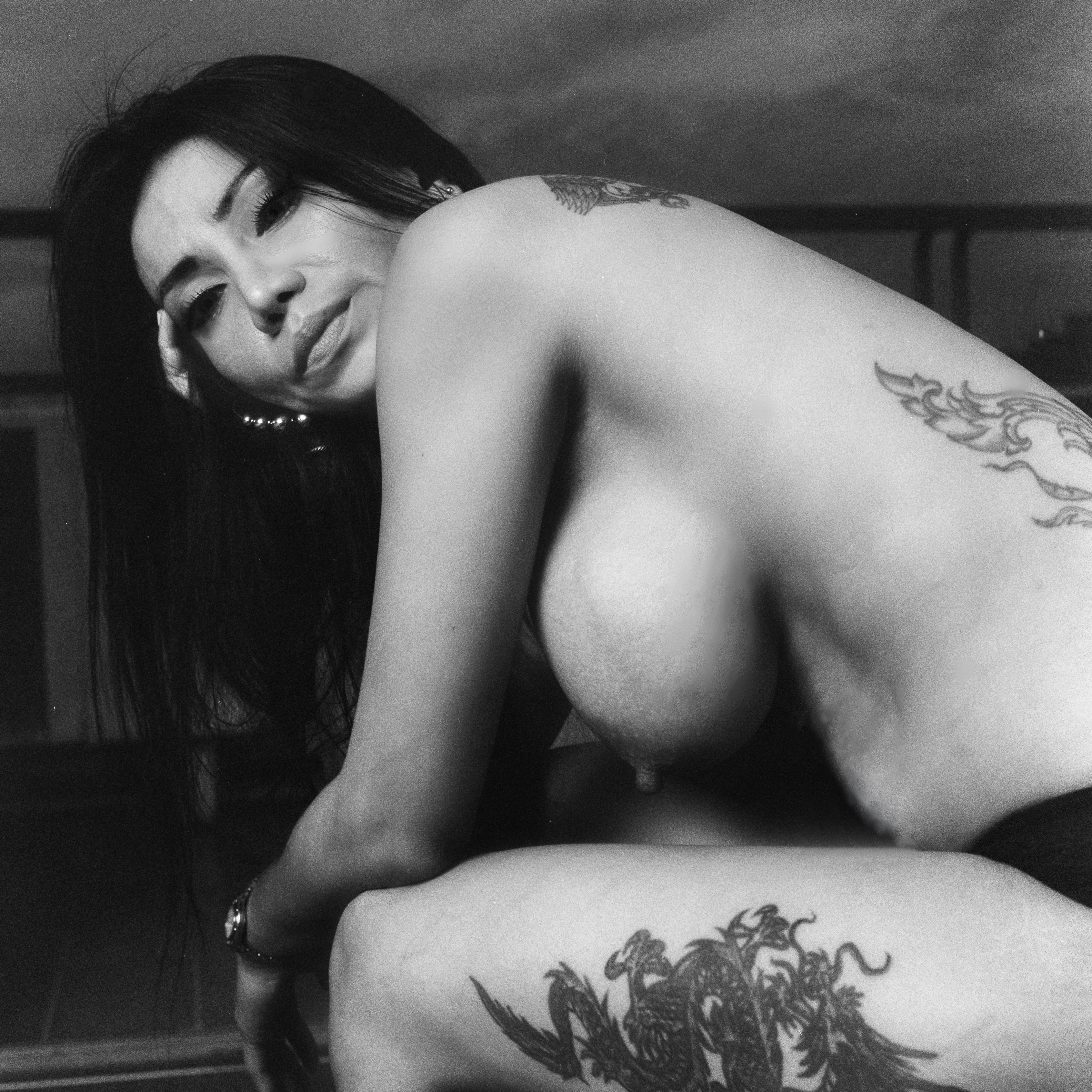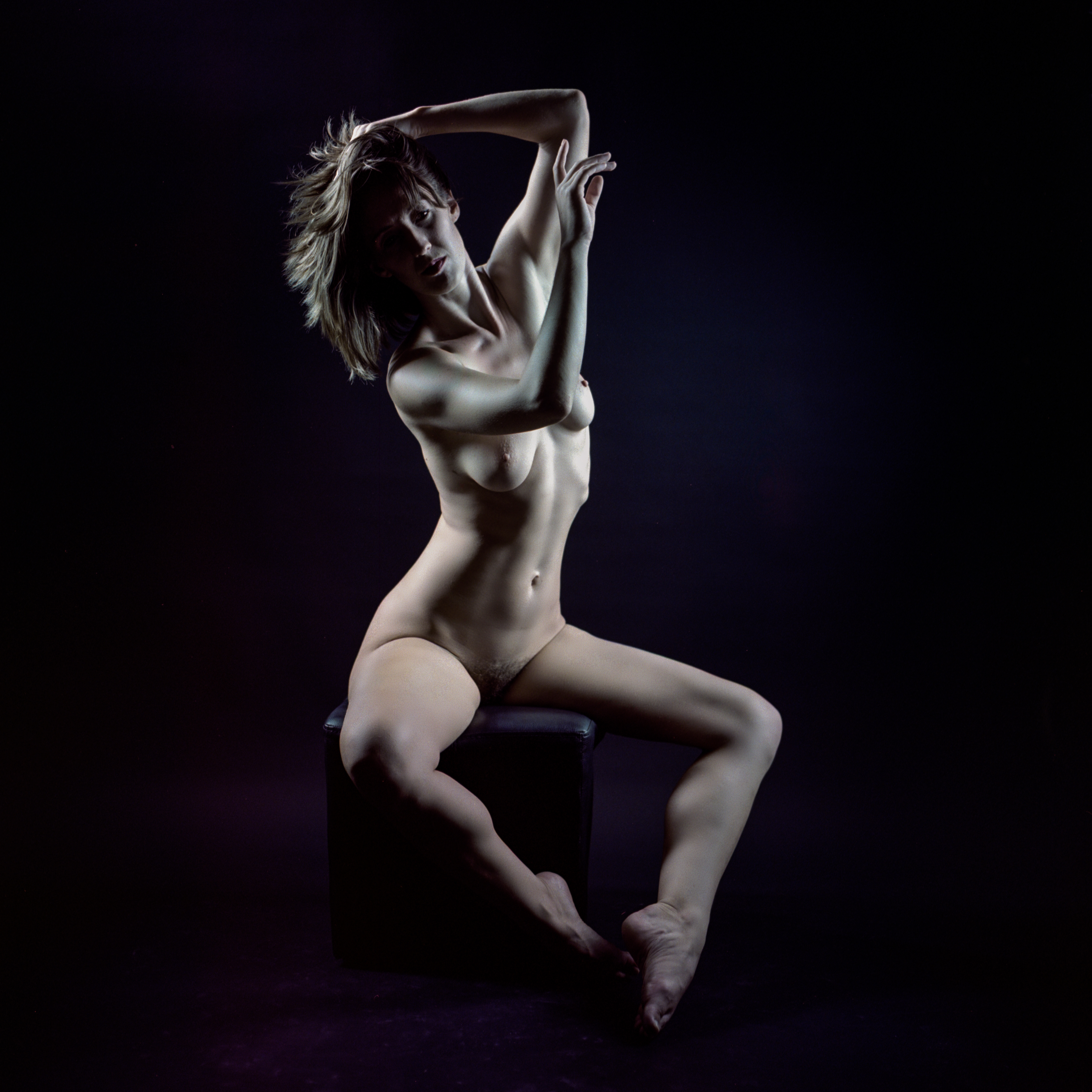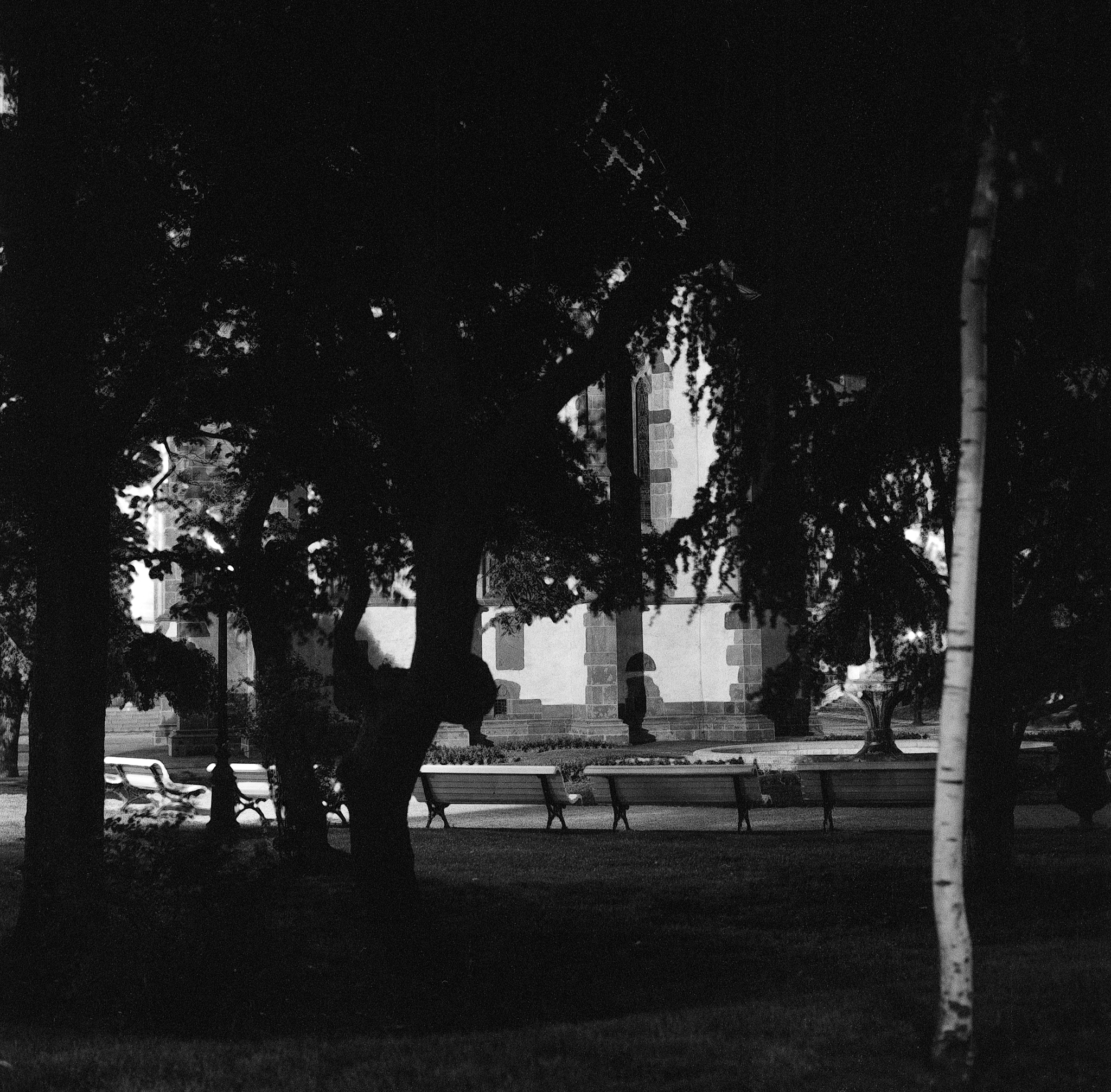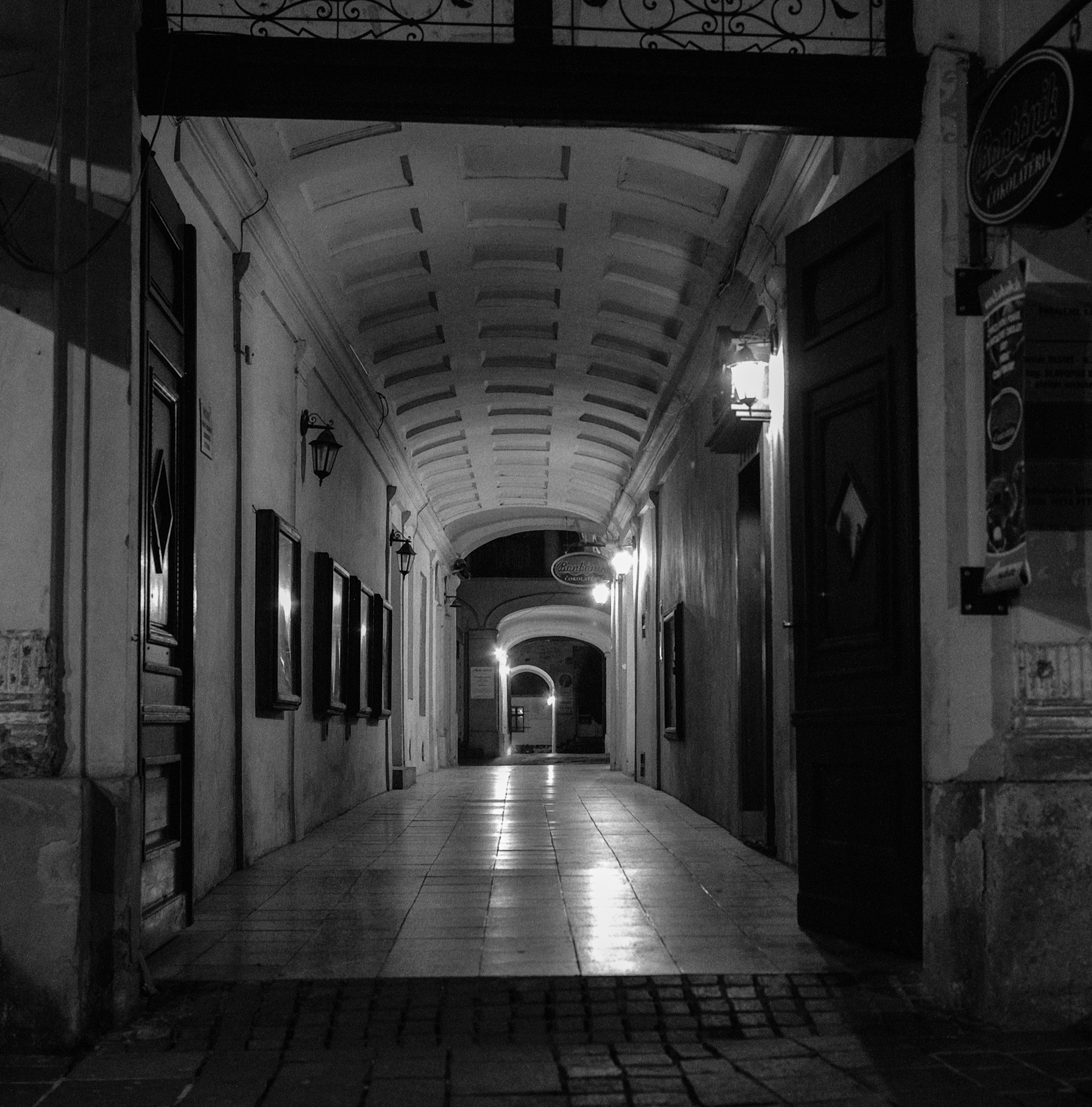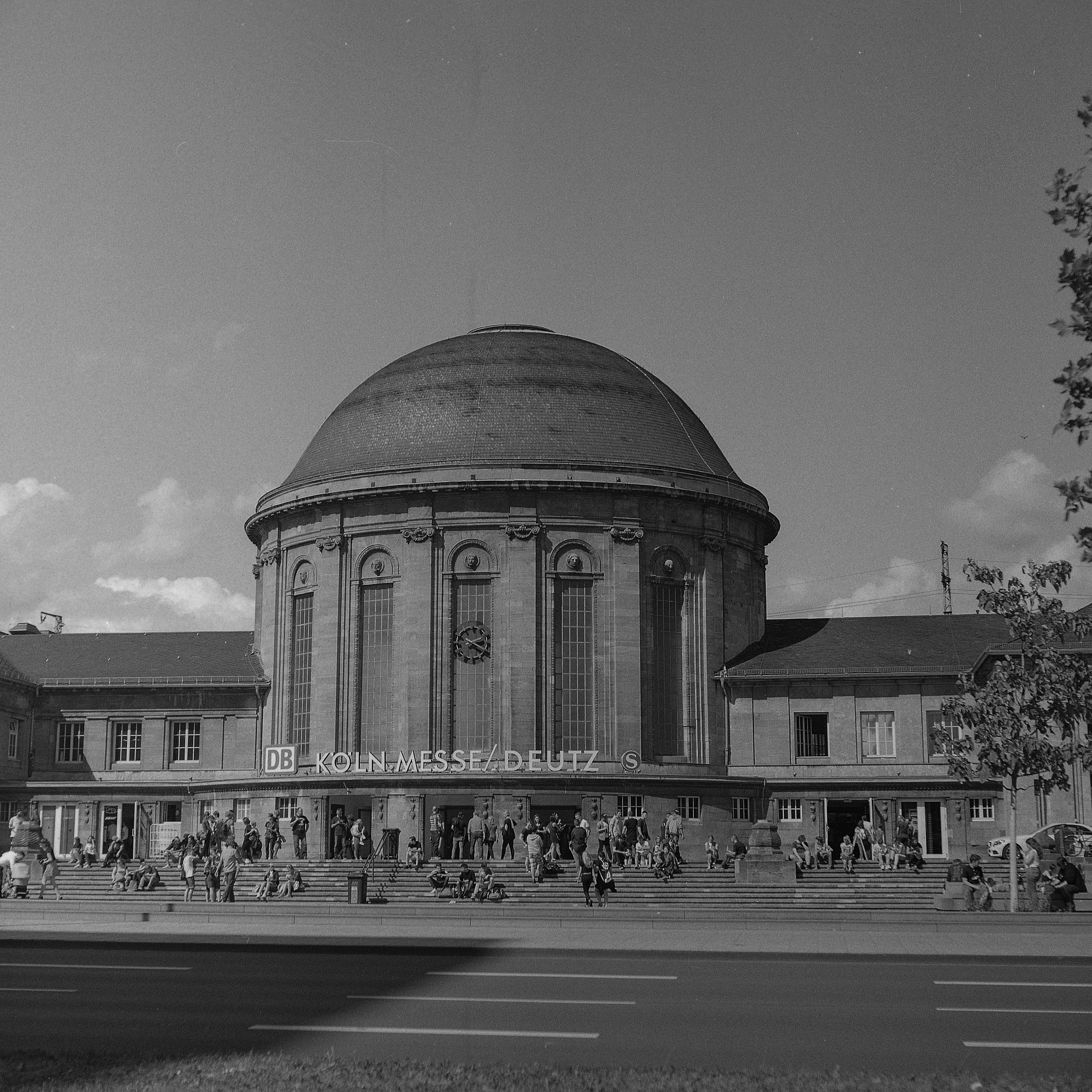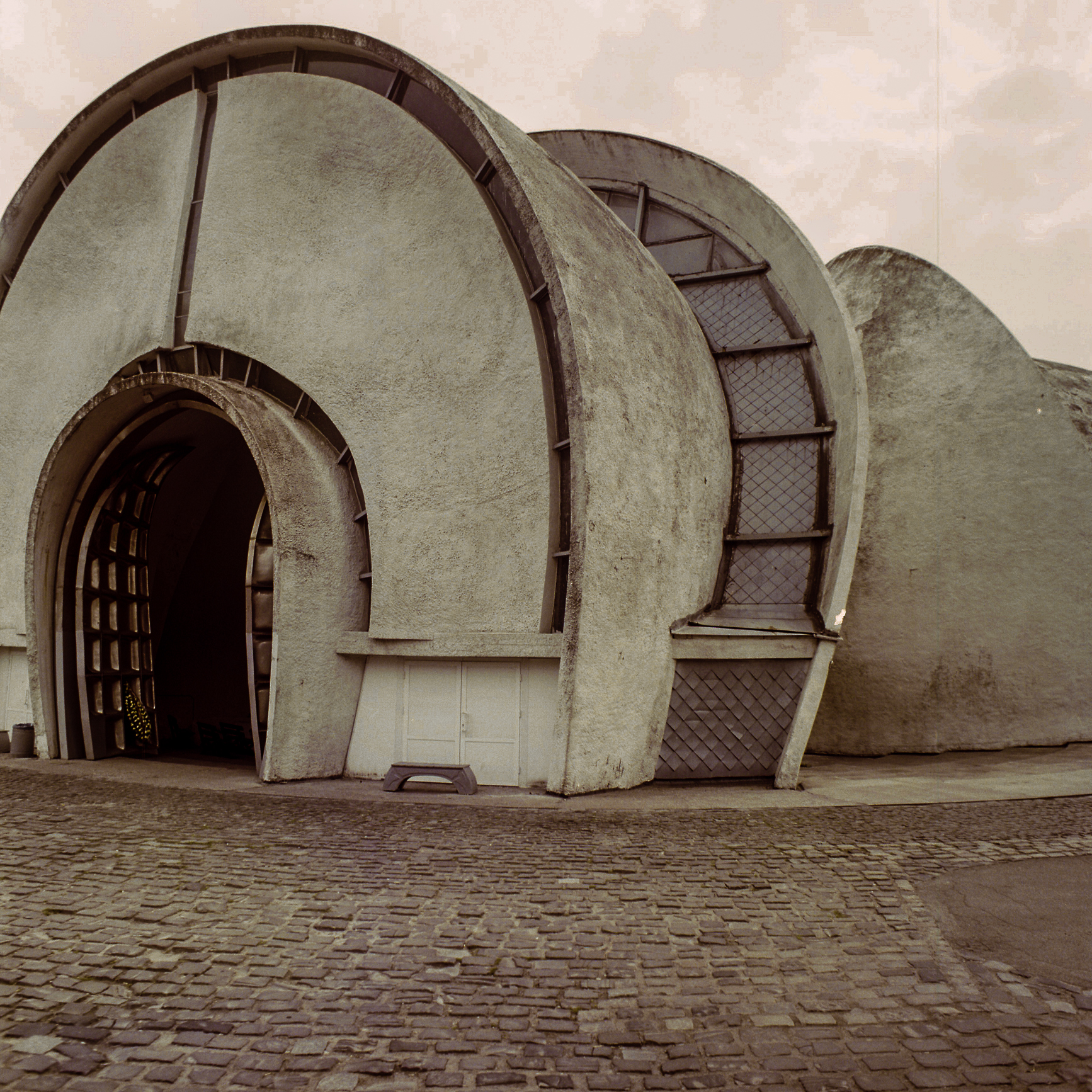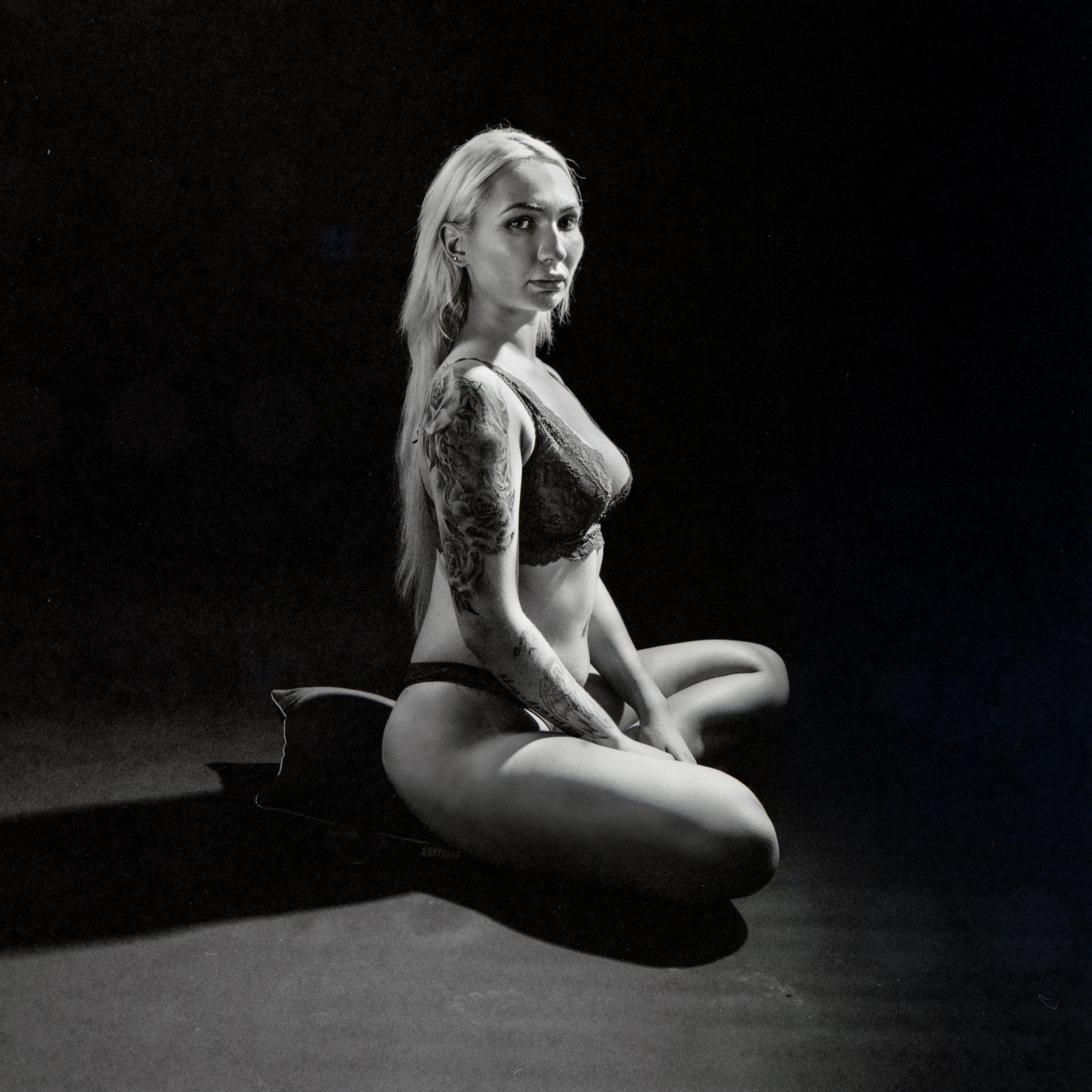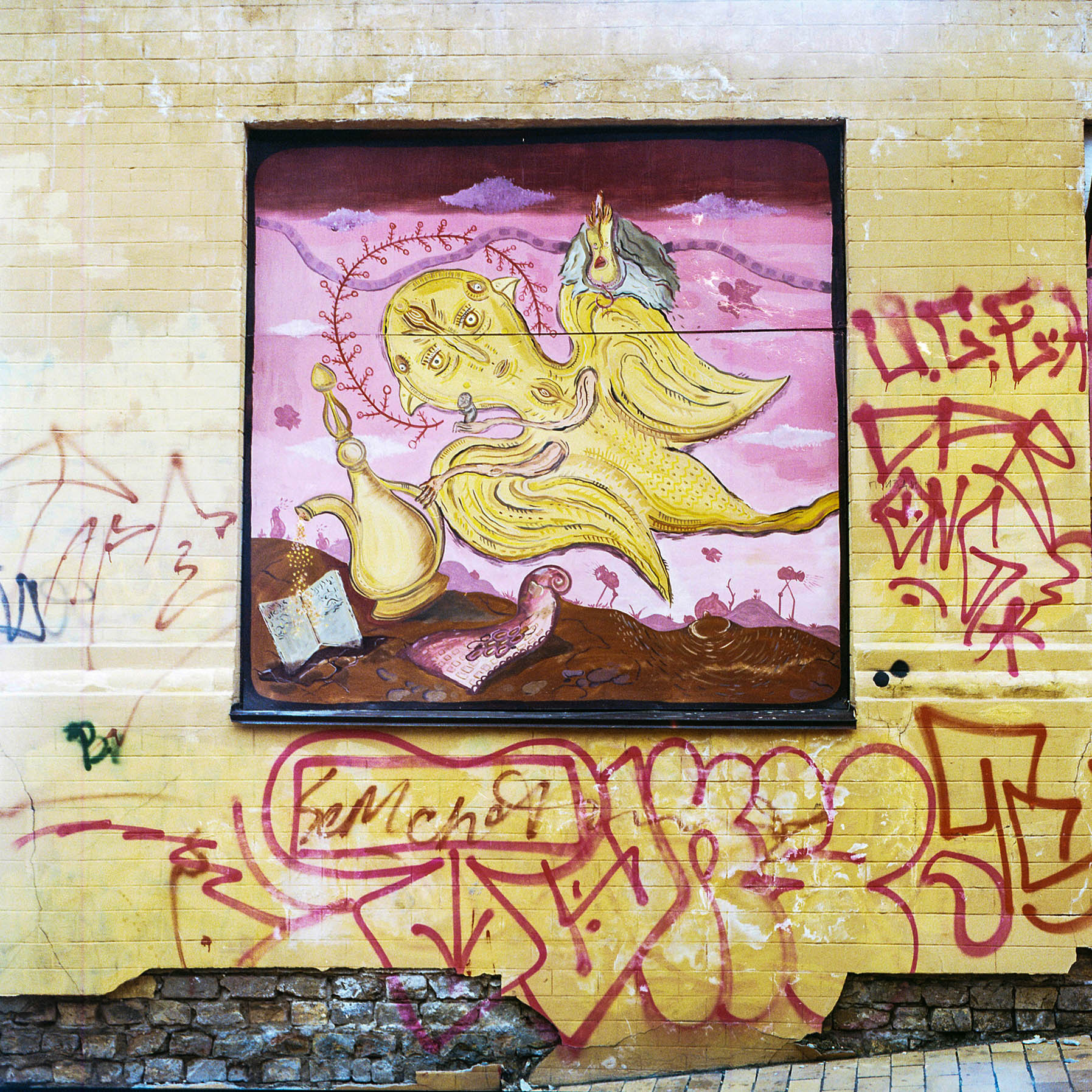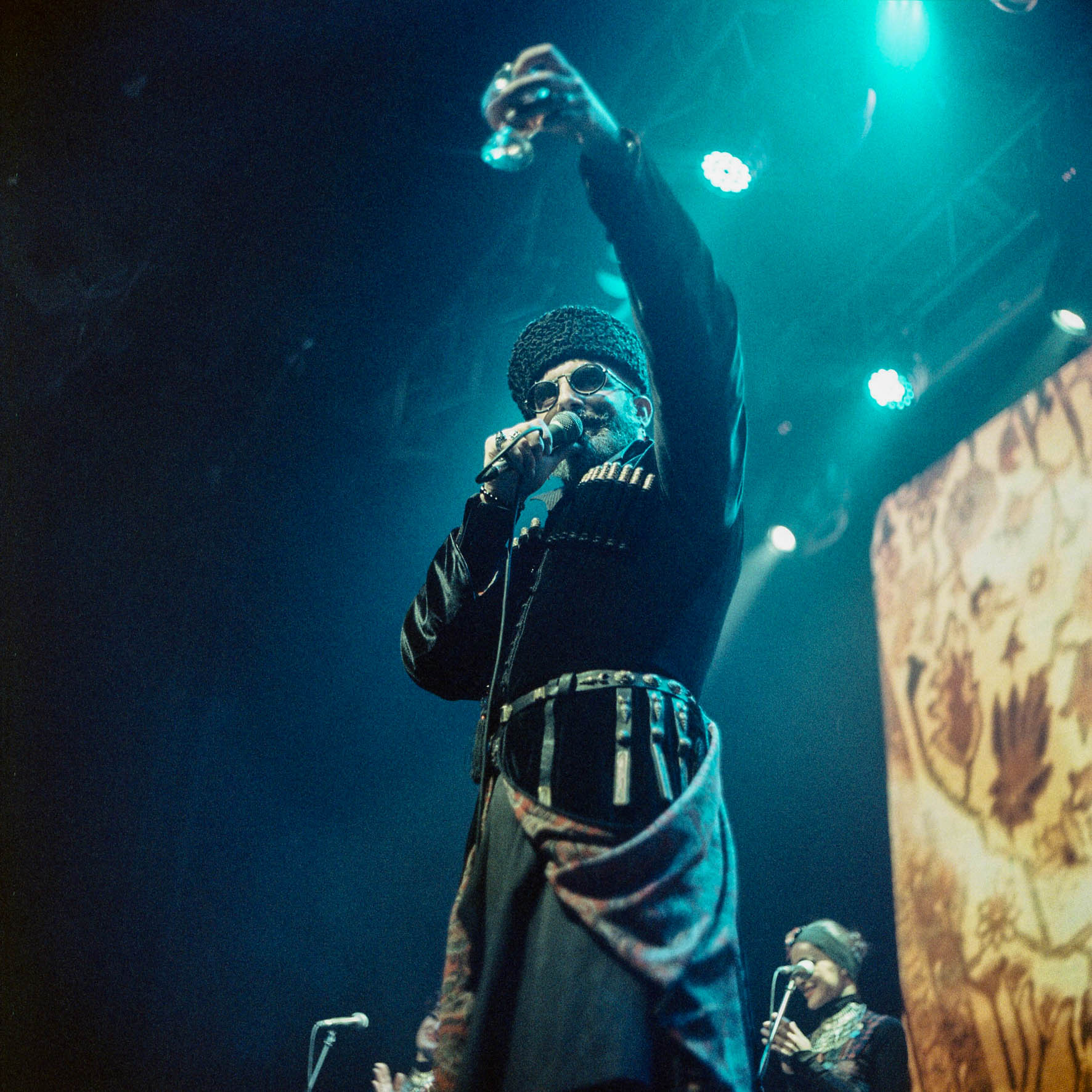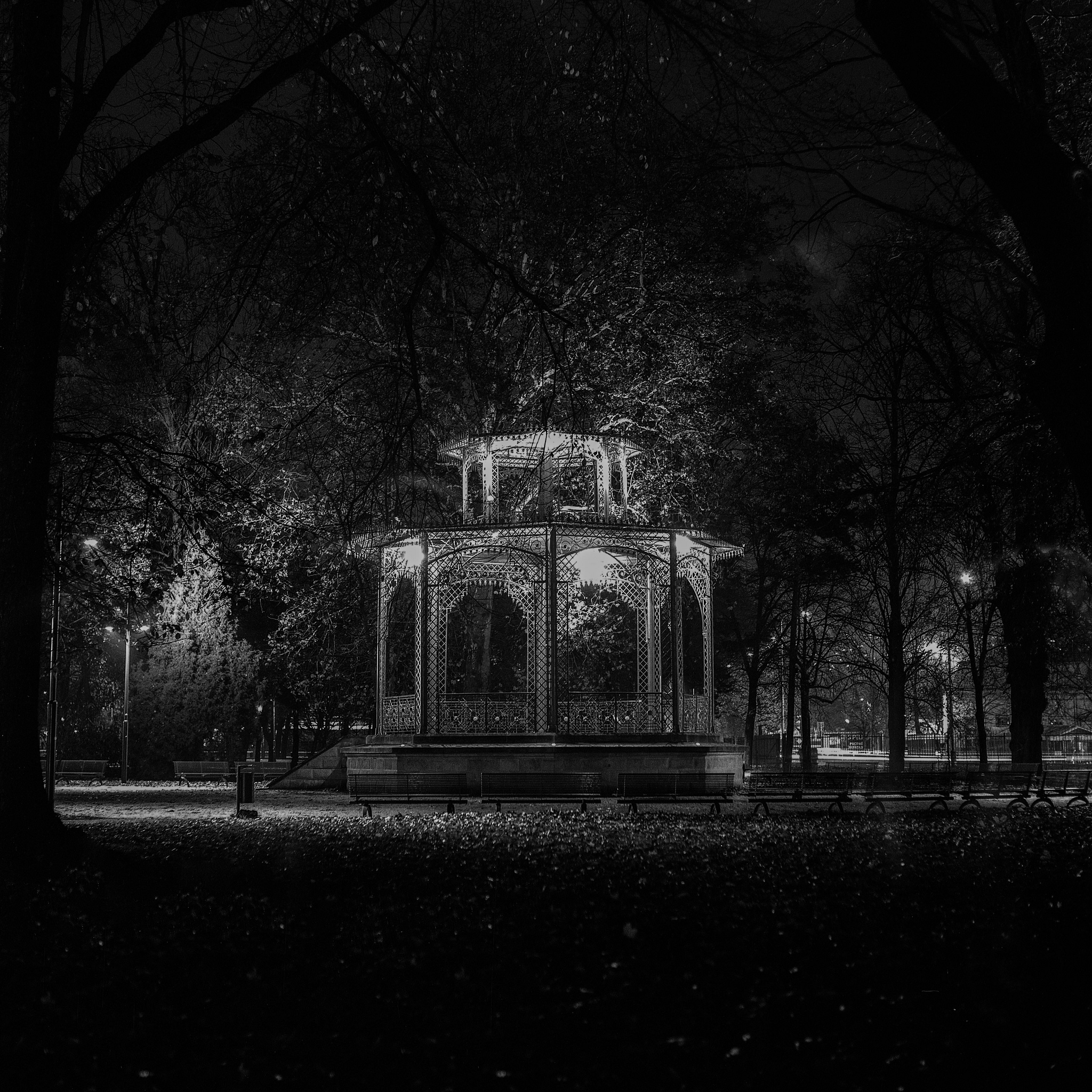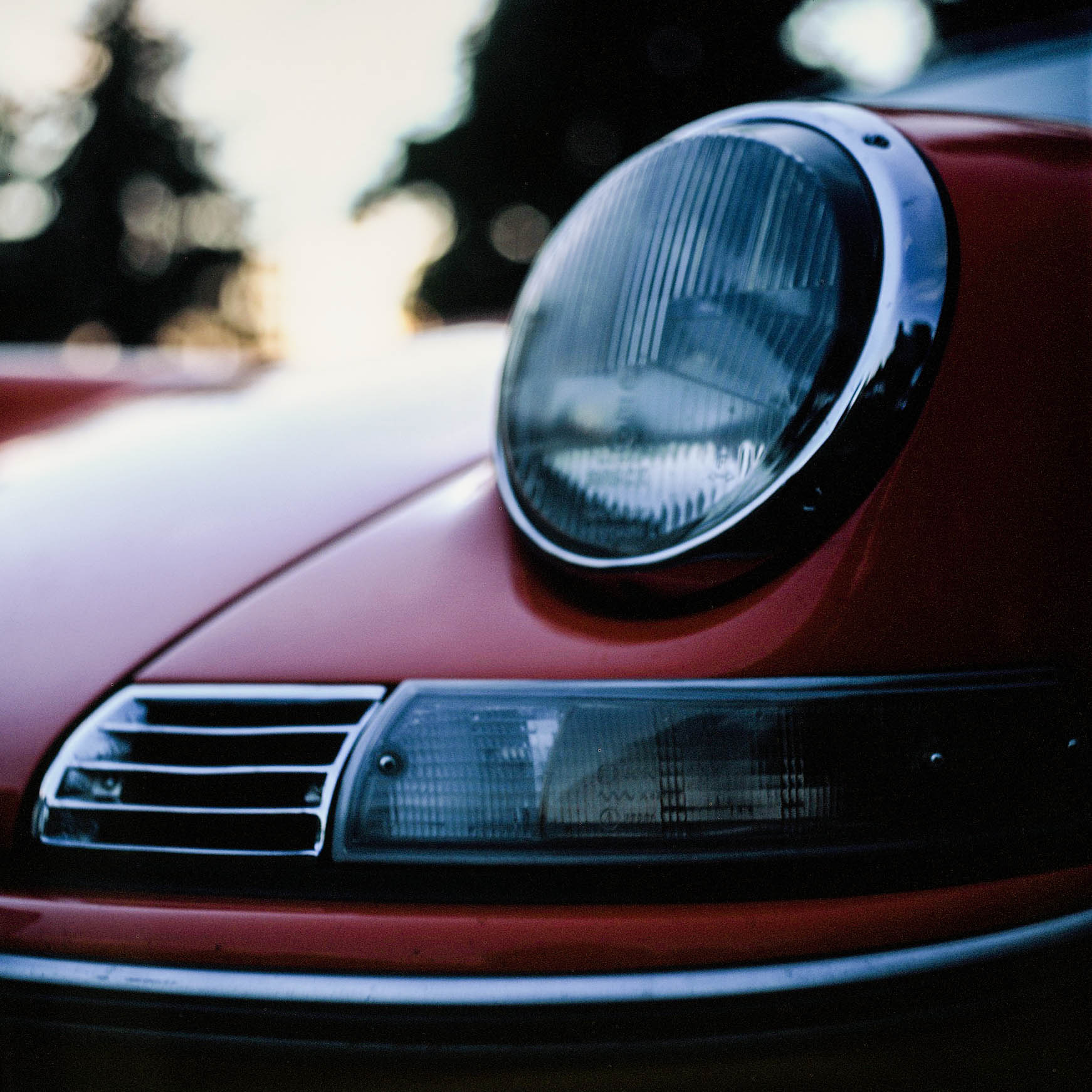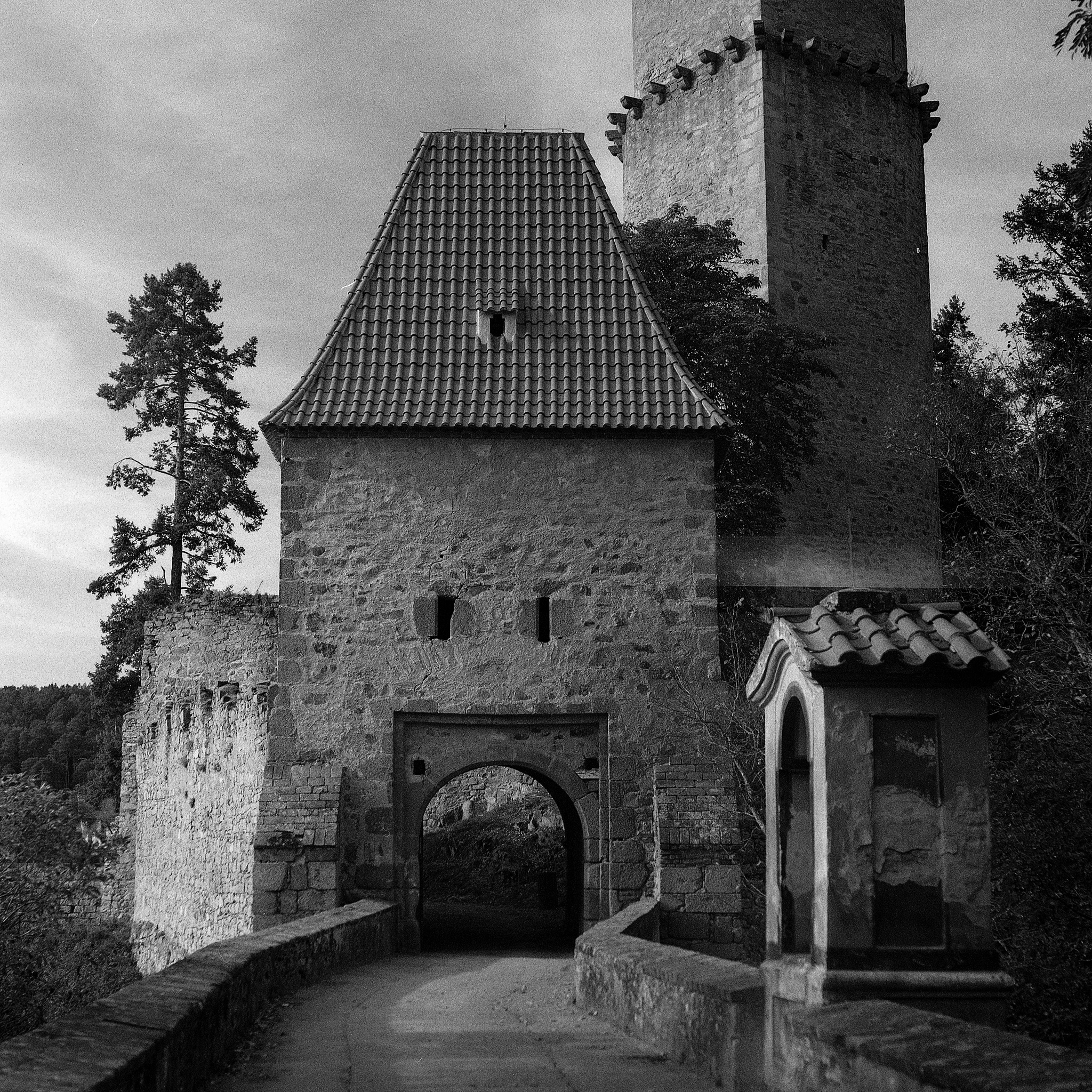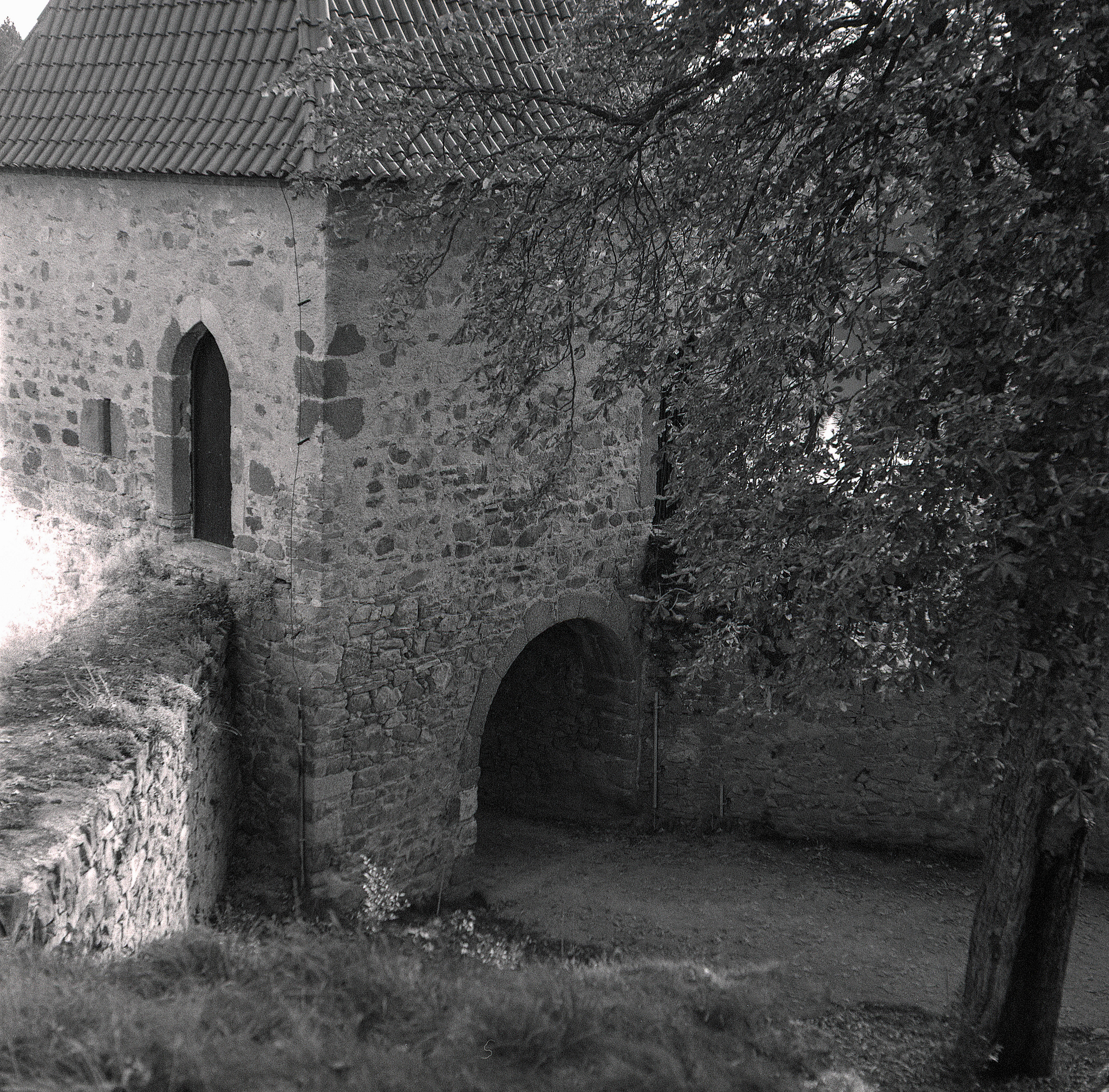
An Arax 88 is a rebuild of the Kiev 88, which is itself a copy of the 1948 Hasselblad 1600. The Arsenalna factory in Kyiv produced the camera in various forms from around 1957 until the factory closed in 2008. Originally the camera was badged Salyut but this name was dropped in the mid 70s. The Kiev Salyut, 80, 88 and 90 are mostly functionally identical. Over the years, improvements such as hot shoes, automatic stop-down systems and metered prisms were added but the layout and main mechanics remained much the same. When the Arsenalna factory closed, one of the distributors bought all the remaining stock, hired some of the former assembly line technicians and sold upgraded versions under the Arax brand.
Quality control on Soviet cameras was notoriously poor, and actually got worse in the post-Soviet era. Even brand-new and high-end cameras often would not work right out of the box. Wide tolerances, badly motivated workers and obsolete tooling combined to produce very erratic results. Arax took the better-made examples as bases for new cameras and used the rest as a source of parts. They convert the lens mount to Pentacon 6 compatibility, flock the inside of the lightbox to reduce reflections, upgrade the shutter, add a mirror lockup system and generally do all the tightening up that should have been done when it was built the first time around.
 As standard the camera is supplied with an Arsat 80mm f/2.8 lens which provides an approximately 53mm full-frame equivalent field of view. You also get a waist-level finder, a couple of film backs and a metered prism with the starter set from Arax. I bought mine back in February 2016, new from Arax directly. As I was living in Kyiv at the time, Mr Vartanyan came to my office to deliver it personally.
As standard the camera is supplied with an Arsat 80mm f/2.8 lens which provides an approximately 53mm full-frame equivalent field of view. You also get a waist-level finder, a couple of film backs and a metered prism with the starter set from Arax. I bought mine back in February 2016, new from Arax directly. As I was living in Kyiv at the time, Mr Vartanyan came to my office to deliver it personally.
The camera is an interesting change from SLRs, it’s physically large but the brick-like form factor makes it feel even bulkier than it is. It isn’t really a camera for walking around with, the strap lugs do not have a positive mechanical attachment and it’s easy for the strap to become unattached at one end from normal activity. Beyond that, the camera is fairly heavy and hangs awkwardly. Using it however is lovely, I tend to use the waist-level finder instead of the prism, not only does it significantly reduce the weight of the thing, I also find it easier to focus and compose through it. There’s no metering if you don’t have the prism attached but that’s not generally a problem, I normally have a second camera with me to meter with when I’m out with the Arax and it’s not so hard to estimate an exposure in most circumstances. Medium format photography lends itself well to landscapes and other relatively static subjects and used in this way with a tripod and plenty of time to focus and compose, the camera is really in its element.
It should be good for studio work too as long as you are reasonably good at focusing manually on a ground-glass screen but the big shutter limits the flash sync to a max of 1/30 which is way too slow for most portrait photography. If you can get away with only using ambient or continuous light however, you can do nice portraits with the camera and the 80mm lens. The interchangeable magazines make it possible to change film without finishing a roll which can be handy. I generally have one for black and white and one with colour film when I’m out with the camera.
The camera uses 120 film and has a 60x60mm frame, max shutter speed is 1/1000th but it’s prone to banding at higher speeds. I generally use ND filters to keep the speed below 1/250 if possible. As it uses the Pentacon 6 lens mount, there are a lot of compatible lenses from various German, Japanese and Soviet manufacturers. Originally, the production cameras used a proprietary screw mount but cameras with a P6 mount can use an adapter for the original Kiev lenses, the camera needs a minor modification to the mounting collar but then it’s compatible with both P6 lenses and the Kiev adapter.



